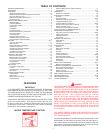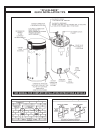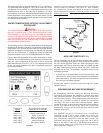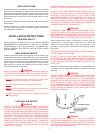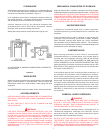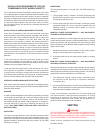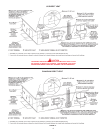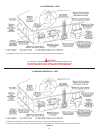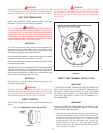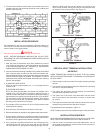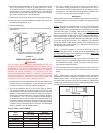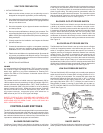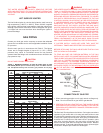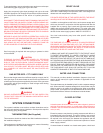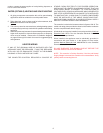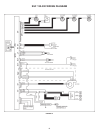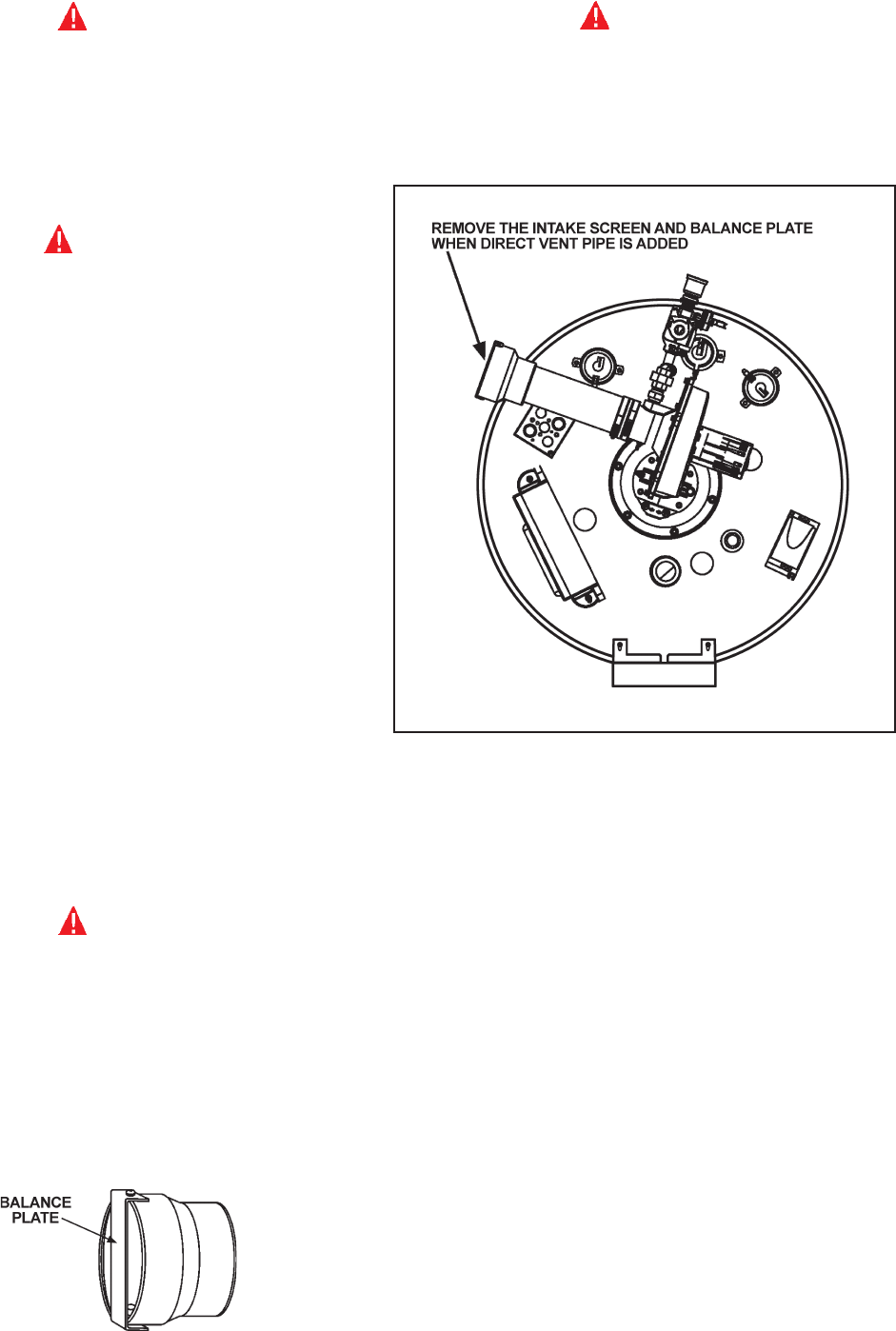
11
WARNING
NEVER OPERATE THE HEATER UNLESS IT IS VENTED TO THE
OUTDOORS AND HAS ADEQUATE AIR SUPPLY TO AVOID RISKS OF
IMPROPER OPERATION, FIRE, EXPLOSION OR ASPHYXIATION.
VENT PIPE TERMINATION
NOTE: Before installing venting, determine place of vent pipe
termination. See Figure 5 and 6 before proceeding.
CAUTION
DO NOT TERMINATE THE VENTING WHERE NOISE FROM THE
EXHAUST OR INTAKE WILL BE OBJECTIONABLE. THIS INCLUDES
LOCATIONS CLOSE TO OR ACROSS FROM WINDOWS AND DOORS.
AVOID ANCHORING THE VENT AND INTAKE PIPES DIRECTLY TO
FRAMED WALLS, FLOORS OR CEILINGS UNLESS RUBBER ISOLATION
PIPE HANGERS ARE USED. THIS PREVENTS ANY VIBRATIONS FROM
BEING TRANSMITTED INTO THE LIVING SPACES.
IMPORTANT
The vent system must terminate so that proper clearances are
maintained as cited in local codes or the current editions of the
National Fuel Gas Code, ANSI Z223.1/NFPA 54 or the Natural Gas
and Propane Installation Code, CAN/CSA-B149.1.
Do not terminate the exhaust vent terminal over public area where
condensate or vapor can cause nuisance or hazard.
Plan the vent system layout so that proper clearances are maintained
from plumbing and wiring.
Vent pipes serving power vented appliances are classied by building
codes as "vent connectors". Required clearances from combustible
materials must be provided in accordance with information in this
manual under LOCATION OF HEATER and CLEARANCES, and
with National Fuel Gas Code and local Codes.
IMPORTANT
Plan the layout of the vent system backwards from the vent
termination to the appliance.
WARNING
USE ONLY THE VENT TERMINALS SUPPLIED WITH THIS UNIT.
TERMINATION OF A VENT SYSTEM WITH A DEVICE OTHER THAN
THE SUPPLIED VENT TERMINATIONS WILL AFFECT SYSTEM
PERFORMANCE AND RESULT IN A SAFETY HAZARD.
DIRECT VENTING
The air intake provided on the unit contains an intake guard, see
Figure 7.
3"x 4" PVC REDUCER WITH INTAKE SCREEN
FIGURE 7.
WARNING
WHEN THE UNIT IS TO BE SETUP AS A DIRECT VENT,
THE INTAKE GUARD AND THE BALANCE PLATE MUST
BE REMOVED. THE INLET VENT PIPE MAY THEN BE
GLUED TO THE AIR INTAKE (see Figure 8) PROVIDED
ON THE UNIT.
FIGURE 8.
DIRECT VENT TERMINAL INSTALLATION
IMPORTANT
4" VENT AND INTAKE TERMINALS ARE PROVIDED FOR
NEW INSTALL ATION S. TO PRE VENT EXH AUSTI NG
PRODUCTS FROM CIRCULATING TO THE AIR INTAKE
IN WINDY/COLD AREAS, THE MAXIMUM PRACTICAL
DI STAN CE BET WEE N THES E TWO T ER MIN AL S IS
RECOMMENDED.
IMPORTANT
WHEN LOCATING THE TERMINALS ON A SIDEWALL, THE
FOLLOWING SPECIFICATIONS PERTAINING TO TERMINAL
LOCATION MUST BE FOLLOWED.
1. The intake vent terminal and the exhaust vent terminal must
terminate on the same exterior wall and must be located at
a minimum of 24" (61cm) from the vertical centerline of the
exhaust vent terminal (see Figure 9). In colder climates
increasing the 24" (61cm) minimum to 48" (122cm) will
reduce possibility of frost over from side winds blowing
exhaust vapors to the air intake of the direct the vent and is
recommended for Canada.



